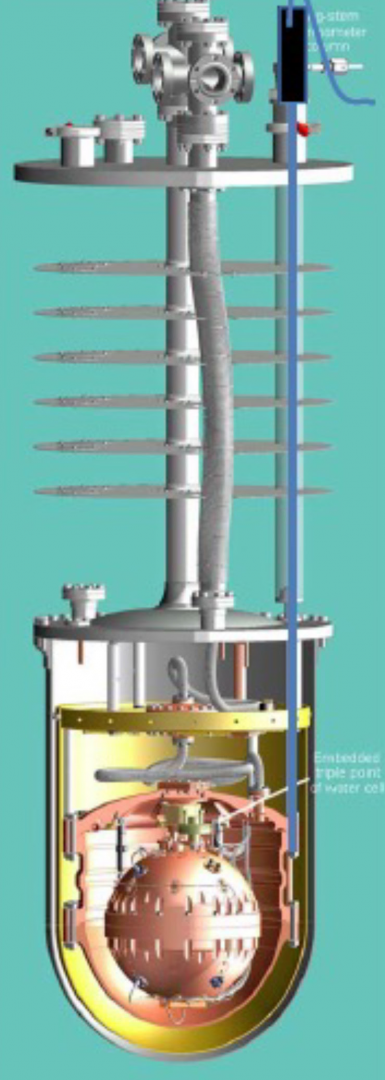WP4: Facilitating full range primary thermometry
The main aim of this WP is to reduce the uncertainty of several primary thermometry methods which are included in the Mise en Pratique for the definition of the kelvin, namely AGT, DCGT, RIGT, and to extend the range of application of these methods beyond that previously demonstrated. These achievements will promote the development of simplified procedures for the direct dissemination of the thermodynamic temperature.
Calculation of interaction potentials and thermophysical properties of thermometric gases
The aim is to calculate interaction potentials, and thermodynamic and transport properties for a selected set of monatomic gases, namely He, Ne and Ar which are preferably employed in primary thermometers. The list of calculated properties includes the 2nd and 3rd density- and acoustic-virial coefficients, and the viscosity and the thermal conductivity at zero-density. The overall target standard uncertainty reduction is a factor of 2 for He, a factor of 10 for Ne and Ar.
Measurement and validation of thermodynamic properties of selected atomic systems
Among thermodynamic properties, speed of sound and density have a special importance, as they allow to determine directly the temperature-dependent deviations from ideality and can at the same time be determined experimentally with low uncertainties. The aim is to determine accurately these key thermodynamic properties for monatomic gases (He, Ne, Ar) using state-of-the-art experimental methods over an extended range of temperatures (10 K to 350 K) and pressures (up to 100 MPa). These experiments will be compared to the theoretical estimates developed.

Implementing improved primary thermometry
Taking advantage of the theoretical experimental results, primary thermometry methods will be demonstrated over extended temperature ranges and used to accurately determine the differences between the thermodynamic temperature and its approximation by the International Temperature Scale of 1990 (ITS-90). Particularly, the range covered by DCGT and RIGT will be extended at higher temperature with measurements realized between the fixed points of mercury and indium. These methods, which have been previously proved successful in the cryogenic temperature range will be tested near ambient temperature for the first time. For these thermodynamic temperature measurements the figure of merit will be the ultimate uncertainty in the determination of T, with T-T90 as a relevant secondary outcome.
Consolidation of calculated and experimental results for the thermodynamic properties of gases and reports to CCT
The results of thermodynamic property measurements and the theoretical progress in their calculation will be summarized in the form of a summary report for transmission to the main stakeholder, i.e. the relevant working groups for contact temperature measurements and primary standards within the CCT.